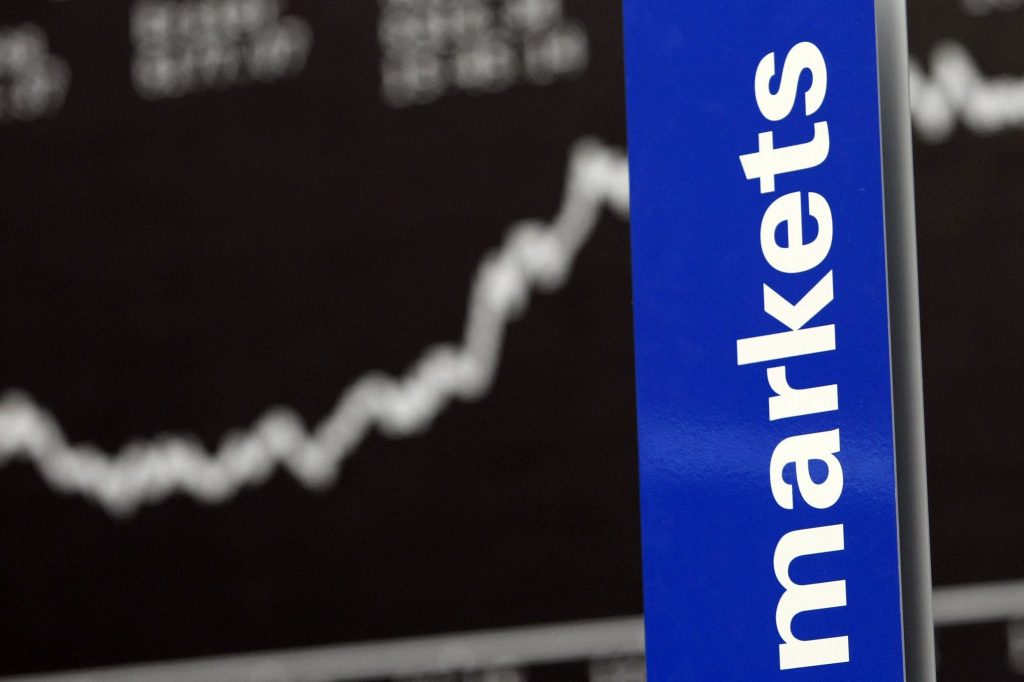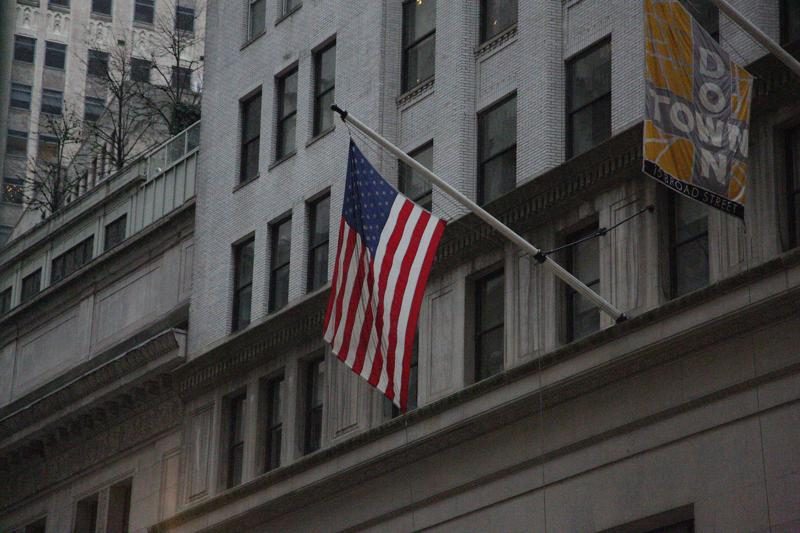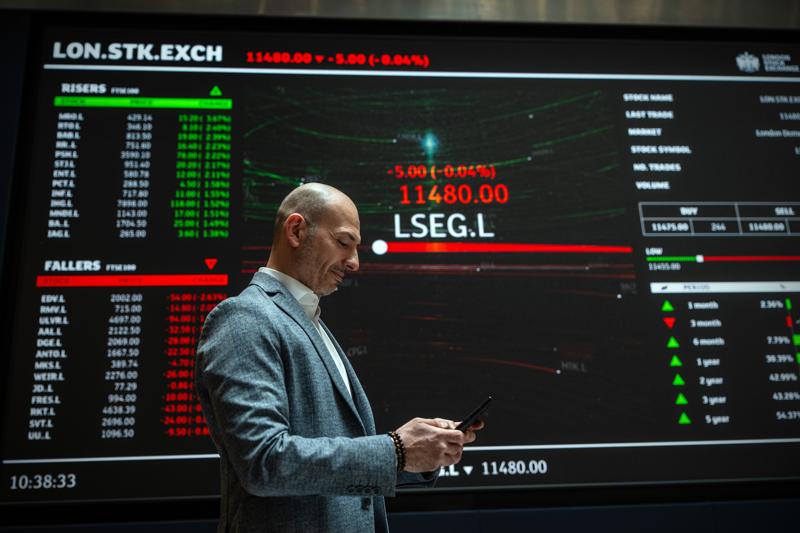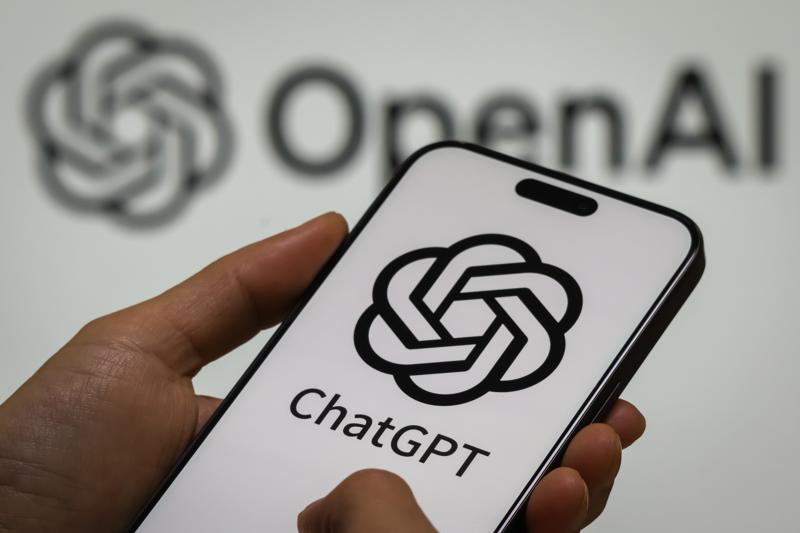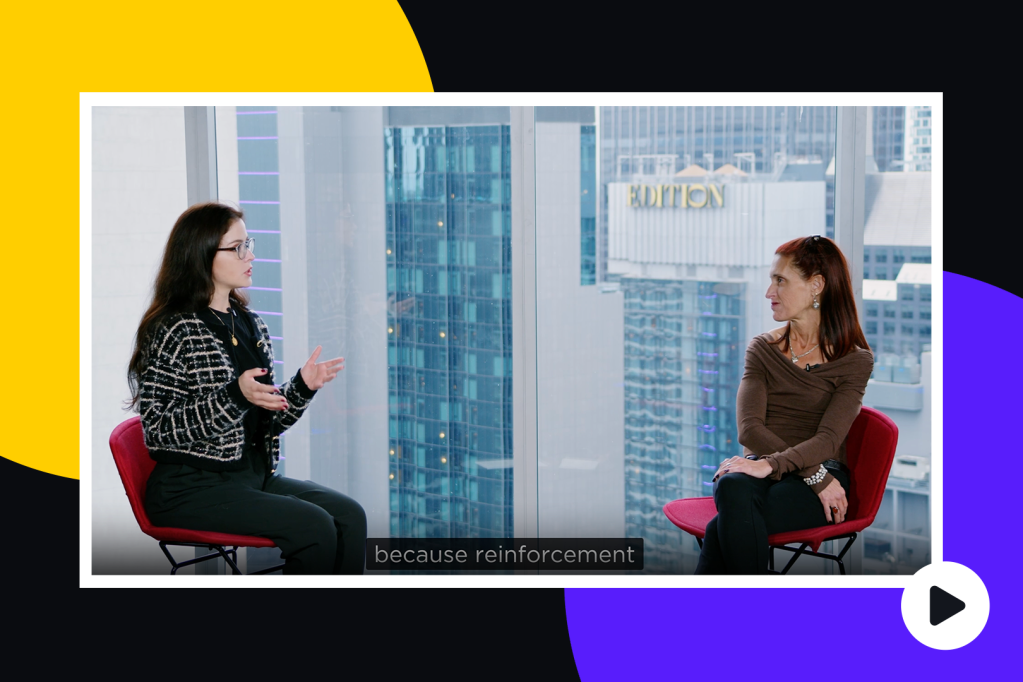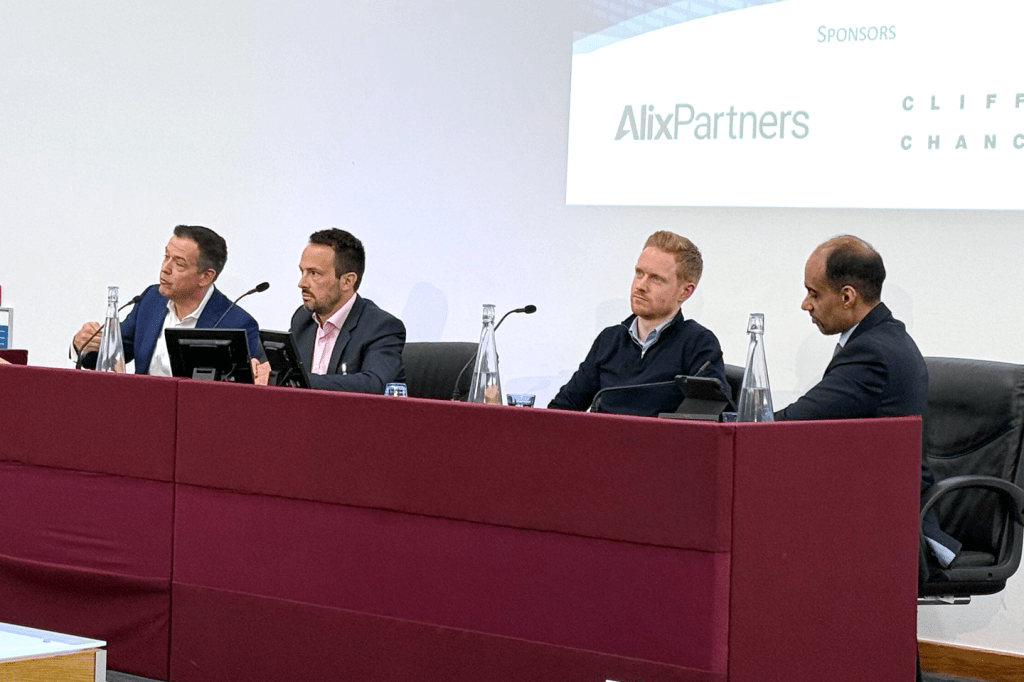The emergence, understanding, and application of AI-driven techniques – and their effectiveness and feasibility in dealing with market abuse and market manipulation – was the topic of a panel discussion at the latest Market Abuse Summit in London.
As in previous years, the event was organized by City & Financial Global. This
Register for free to keep reading.
To continue reading this article and unlock full access to GRIP, register now. You’ll enjoy free access to all content until our subscription service launches in early 2026.
- Unlimited access to industry insights
- Stay on top of key rules and regulatory changes with our Rules Navigator
- Ad-free experience with no distractions
- Regular podcasts from trusted external experts
- Fresh compliance and regulatory content every day

